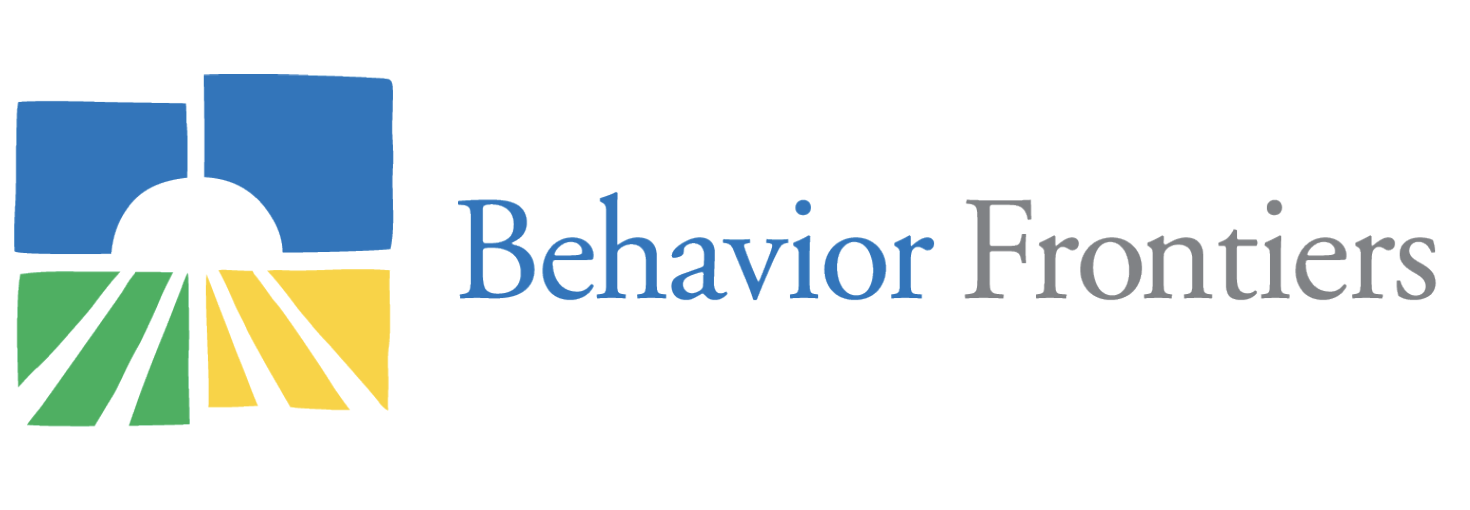The Signs of Autism and What Parents Can Do
Autism Spectrum Disorder (ASD) consists of a range of developmental disabilities that impact each individual across social, motor-sensory, and communication domains. The expression of ASD within each individual will vary—meaning no two individuals who are diagnosed with ASD look exactly alike. There are, however, signs across each of these domains that can help parents remain vigilant about seeking assistance from their healthcare providers. Examples of deficits to look out for at an early age (as early as 1 year old) include:
decreased eye contact
preferring to play alone
lack of responding to name
difficulty coping
lack of verbal communication
repetitive sounds or statements
repetitive motor behaviors
behavior excesses
aggression
The signs associated to autism generally look the same across both male and females.
It is important to note that individuals without ASD may exhibit some of the behaviors listed above. Ultimately, a primary care physician will determine whether the behaviors present are indicative of ASD or some other factor. A diagnosis is determined through a combination of observation, testing, and verbal reports. During this time, it is important to also screen for hearing and vision as this can be a factor in a child’s ability to express their wants and needs and may result in behaviors similar to those who have ASD. Early testing is recommended! The results of testing empower each caregiver to understand the best treatment options for their family.
Anusha Preston, M.A., BCBA
Associate Clinical Director, Ventura, CA
Tuesday, February 23, 2021

